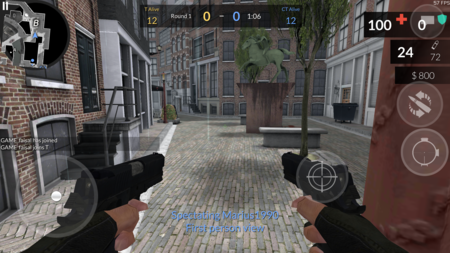


So, let’s get started with Arduino Library for Proteus.Breadboards have many tiny sockets (called 'holes') arranged on a 0.1" So, I hope you are gonna like and enjoy today’s post quite a lot. The leads of most components can be pushed straight into the holes. I suggest buying a pack with several colours Wire links can be made with single-core plastic-coated wire of 0.6mm diameter (the standard size), ICs are inserted across the central gap with their notch or dot to the left. Stranded wire is not suitable because it will crumple when pushed To help identify connections, red for +Vs wires, black for 0V, and so on. The top and bottom rows are linked horizontally all the way across as shown by the The diagram shows how the breadboard holes are connected: Into a hole and it may damage the board if strands break off. I suggest using the upper row of the bottom pair for 0V, then you can use the lower The power supply is connected to these rows, + at the top and 0V (zero volts) at the bottom.

Row for the negative supply with circuits requiring a dual supply (e.g. The other holes are linked vertically in blocks of 5 with no link across the centreĪs shown by the blue lines on the diagram. Separate blocks of connections to each pin of ICs. On larger breadboards there may be a break halfway along the top and bottom power supply rows. Connect the 470 resistor to an used block of 5 holes, then.Ĭonnect an LED (any colour) from that block to 0V (short lead to 0V).It is a good idea to linkĪcross the gap before you start to build a circuit, otherwise you may forget and part of your circuit will have no power!īegin by carefully inserting the 555 IC in the centre of the breadboard with its notch or dot to the left.Ĭonnect a push switch to 0V (you will need to solder leads onto the switch).


 0 kommentar(er)
0 kommentar(er)
